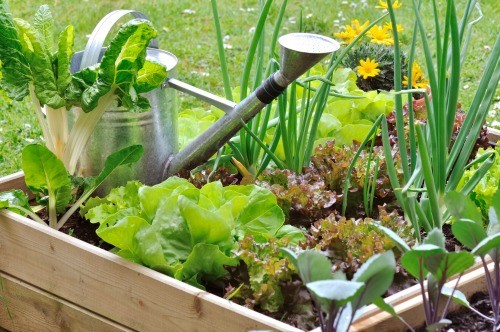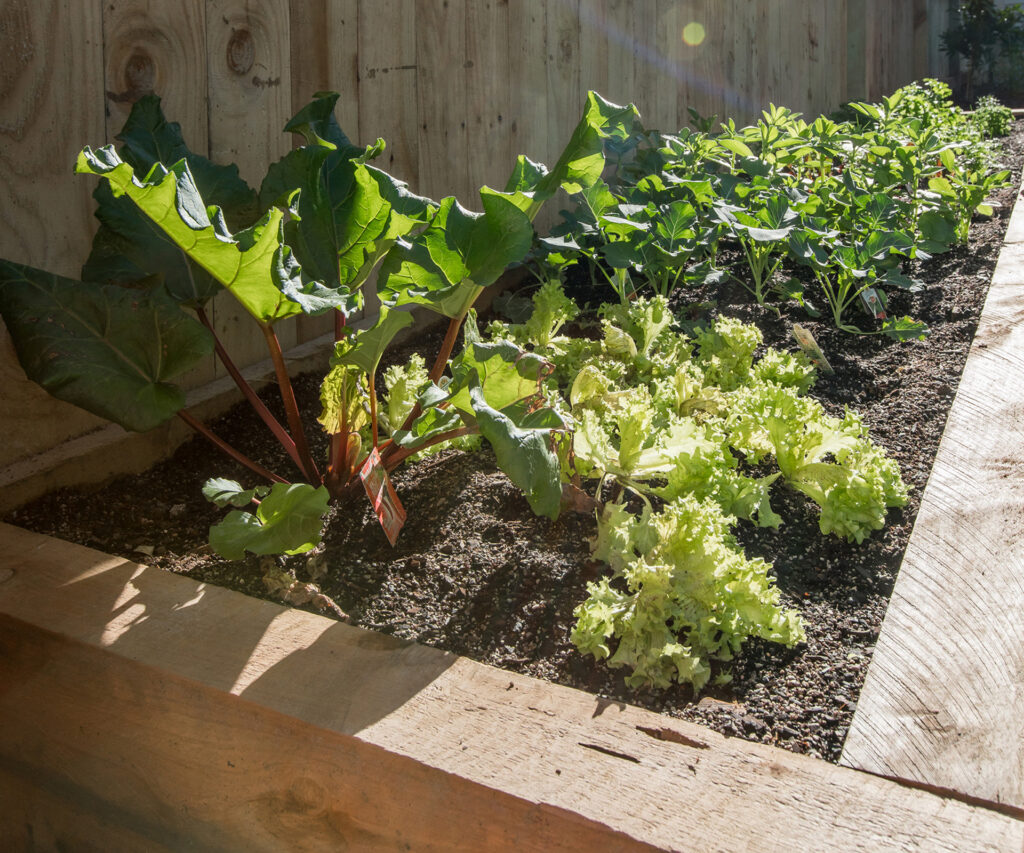As the winter chill starts to fade away and spring approaches, it’s time to start planning your March vegetable garden. With a little preparation and thought, you can create a thriving garden that will yield fresh and nutritious produce all season long.
Here are some key steps to planning your March vegetable garden:
Determine your garden’s location: Before you start planting, choose a location for your garden. Consider the amount of sunlight, drainage, and the type of soil you have available. You want to select a site with at least 6 hours of sunlight each day and well-draining soil. If you have clay soil, you may need to amend it with compost or other organic matter to improve drainage.
Decide what to grow: March is the perfect time to plant cool-season vegetables that thrive in cooler temperatures, such as peas, lettuce, spinach, kale, and radishes. You can also start planting warm-season crops indoors to transplant later, such as tomatoes, peppers, and eggplants.
Plan your garden layout: Sketch out a plan for your garden, taking into account the size of your plants and their spacing requirements. Some plants, like cucumbers and squash, need more space than others, while some can be planted closer together, like lettuce and spinach. You can also use companion planting to help your garden thrive. For example, planting marigolds with your vegetables can help repel pests.
Prepare the soil: Before planting, prepare your soil by removing any weeds, tilling the soil, and adding compost or other organic matter. This will help create a nutrient-rich environment for your plants to grow in.
Plant your seeds: Once your soil is ready, it’s time to plant your seeds. Follow the planting recommendations for each vegetable you are planting, making sure to space them out correctly and plant them at the appropriate depth. Water your seeds regularly and make sure they get enough sunlight.

Monitor and maintain your garden: As your plants grow, be sure to monitor them for signs of pests, disease, or nutrient deficiencies. Water your plants regularly, and mulch around them to help retain moisture and suppress weeds. You can also fertilize your plants with a balanced fertilizer every few weeks to keep them healthy and thriving.
By following these steps, you can create a successful March vegetable garden that will provide you with fresh and nutritious produce all season long. With a little time and effort, you can enjoy the rewards of your own home-grown vegetables.
Vegetable Seeds to plant in March
The vegetables you can plant in March will depend on your specific climate and growing zone, as well as the weather conditions during that month. Assuming you live in a temperate climate with mild winters and warm springs, here are some vegetable seeds you can plant in March:
Peas: Peas are a cool-season crop that can tolerate light frost, making them perfect for planting in March. Choose from snow peas, snap peas, or shelling peas, depending on your preference.
Lettuce: Lettuce is another cool-season crop that thrives in mild temperatures. You can plant a variety of lettuces, such as butterhead, romaine, and looseleaf.
Spinach: Spinach is a hardy, cold-tolerant vegetable that can be planted as early as March. It grows quickly and can be harvested multiple times throughout the season.
Kale: Like spinach, kale is a hardy leafy green that thrives in cool weather. It can be planted in March and will produce a continuous harvest throughout the season.
Radishes: Radishes are a fast-growing root vegetable that can be planted in March. They are easy to grow and will be ready to harvest in just a few weeks.
Carrots: Carrots are another root vegetable that can be planted in March. They prefer well-draining soil and require consistent watering to germinate.
Beets: Beets are a nutritious root vegetable that can be planted in March. They prefer cooler temperatures and well-draining soil.
Remember to always check the recommended planting times for your specific area and follow the instructions carefully to ensure the best results. With proper care and attention, your March vegetable garden can provide you with a bountiful harvest of fresh, nutritious produce.
Herb Seeds to plant in March
Planting herbs in March can be a great way to start a herb garden that will provide fresh herbs for cooking and medicinal use. The specific herb seeds that you can plant in March will depend on your climate and growing zone, as well as the amount of sunlight and water your herbs need to thrive. Here are some popular herb seeds that you can plant in March:
Chives: Chives are a perennial herb that can be grown from seed or from established plants. They are easy to grow and have a mild onion flavor that is great for adding to soups, salads, and other dishes.
Parsley: Parsley is an annual herb that can be planted in March. It has a fresh, bright flavor that is great for adding to sauces, soups, and salads.
Cilantro: Cilantro is an annual herb that can be planted in March. It has a bright, fresh flavor that is often used in Mexican and Asian cuisine.
Thyme: Thyme is a perennial herb that can be planted in March. It has a strong, savory flavor that is great for seasoning meats, soups, and stews.
Sage: Sage is a perennial herb that can be planted in March. It has a strong, earthy flavor that is great for seasoning meats and vegetables.
Oregano: Oregano is a perennial herb that can be planted in March. It has a strong, spicy flavor that is great for seasoning meats, sauces, and marinades.
Basil: Basil is an annual herb that can be planted in March. It has a sweet, aromatic flavor that is great for adding to pasta dishes, salads, and sauces.
Remember to always check the recommended planting times for your specific area and follow the instructions carefully to ensure the best results. With proper care and attention, your March herb garden can provide you with a variety of fresh, aromatic herbs for cooking and medicinal use.

